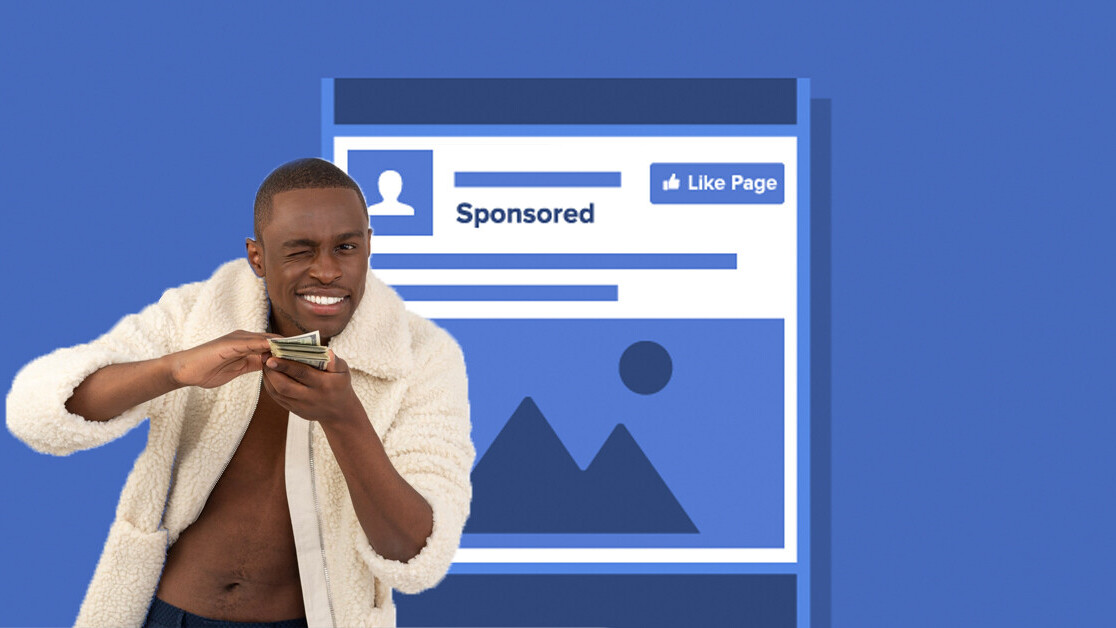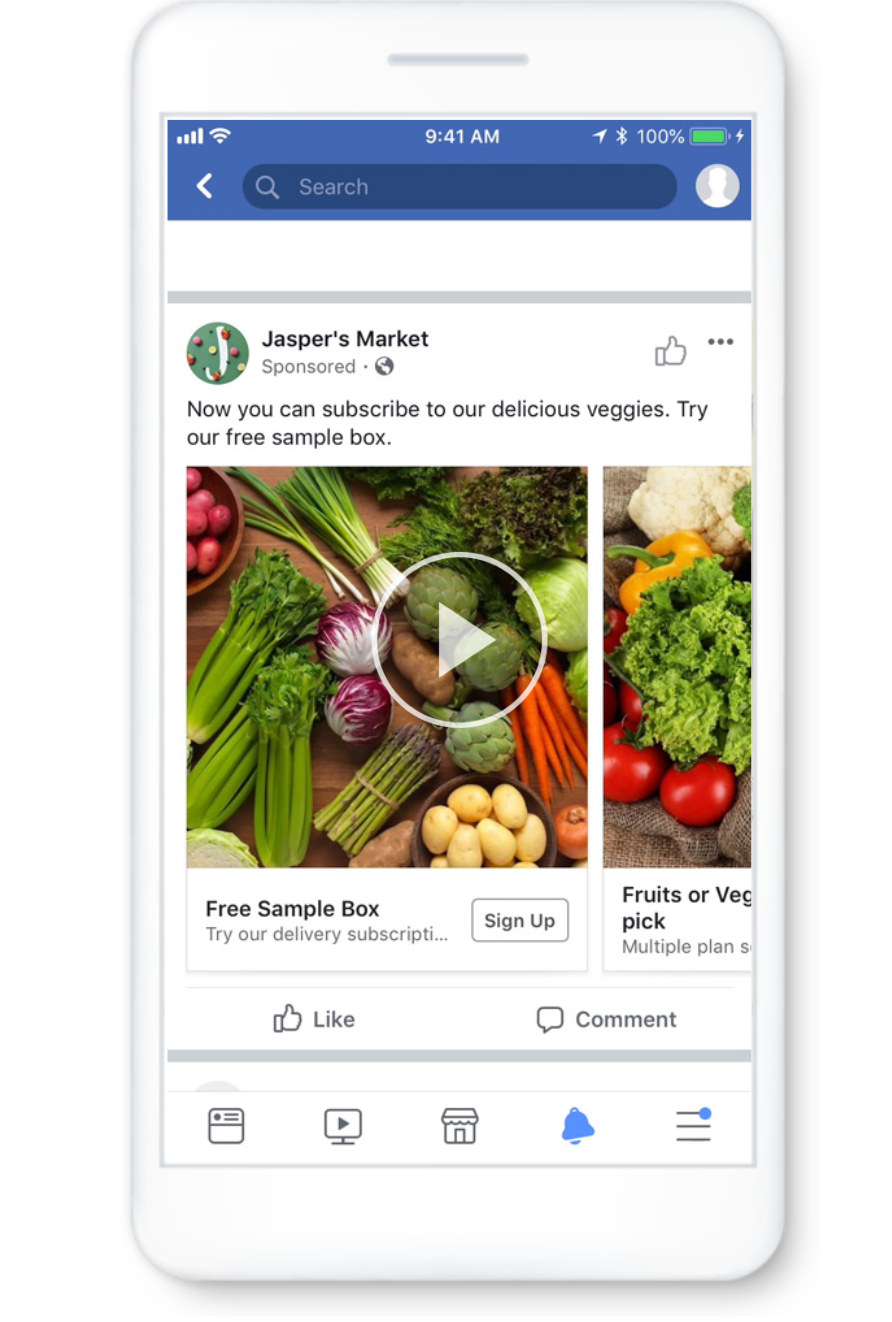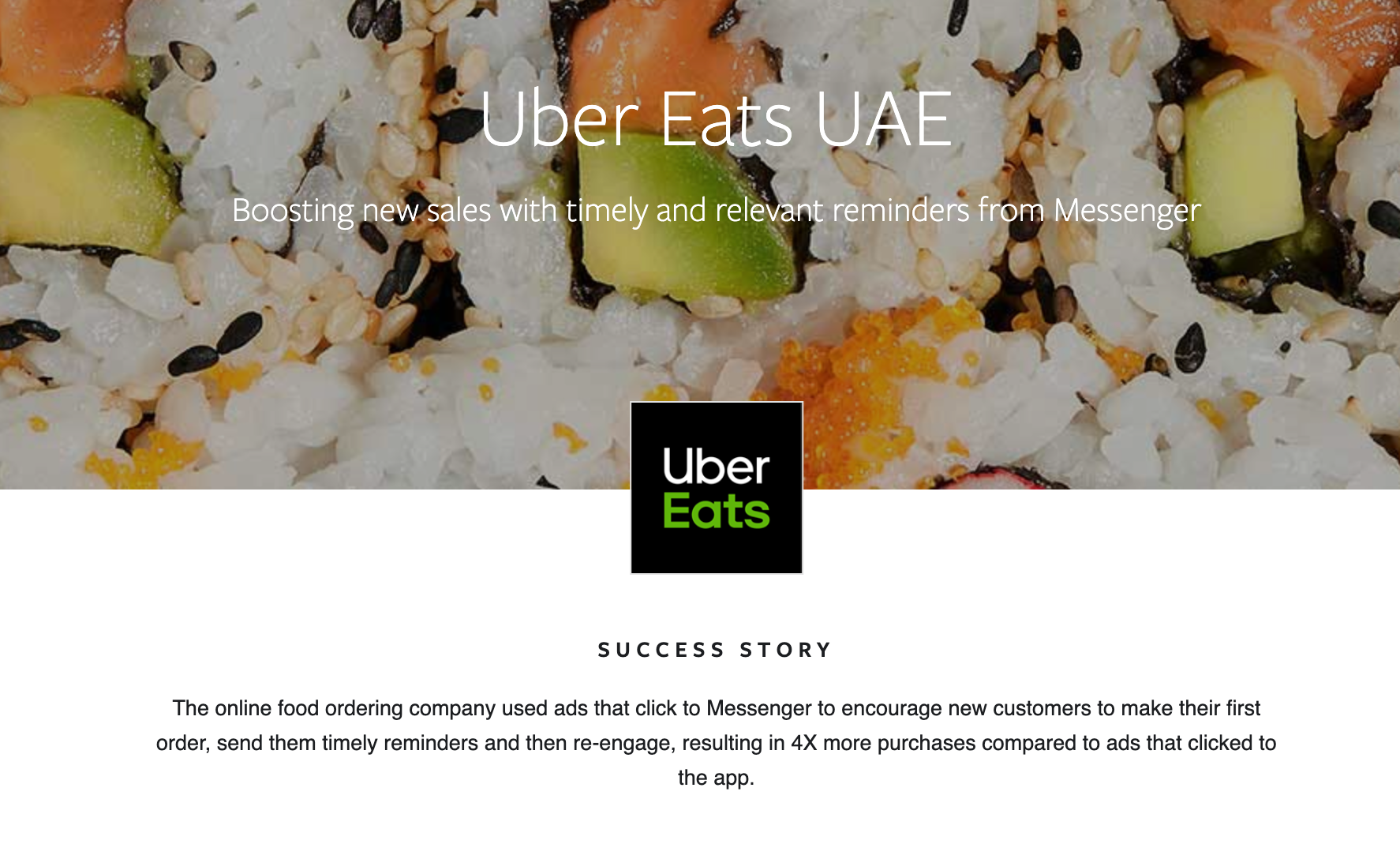
Did you know TNW Conference has a track fully dedicated to exploring how technology will shape the ever-evolving marketing landscape this year? Check out the full ‘Rebrand‘ program here.
Facebook ads used to fill me with a mixture of fear and skepticism.
That might have been down to the fact I didn’t want to give Facebook my money to just show ads on its newsfeed, or even more so the fact I never had incredibly positive experiences with my own ads (or the ones I set up for clients, for what matters). Until I got a new client, helping her to launch her first online program, and she asked me whether we could also set up some Facebook ads.
After a moment of hesitant silence, something possessed me (the spirit of marketing, perhaps?) and I agreed to help her set up three month’s worth of campaigns.
“What were you thinking woman?!” The voice inside my head screamed incredibly loudly.
Yet, I believe that everything happens for a reason. This was the sign indicating I should get past my fears and give Facebook ads a chance.
Read: [Why location-based marketing outperforms industry averages]
Spoiler alert: I’m so glad I did
As per every tool, platform, and hack I talk about in this column, I still believe that you should not do everything. Yet, I also believe that we often let prejudice and preconceptions prevent us from trying new strategies.
I hope that with this piece I can bring more clarity around Facebook ads and the impact they can have on a business.
The evolution of Facebook Ads
Checking my Business Manager account, I can see I set up my first Facebook ad campaign in 2015.
At the time, Facebook ads were easy to set up and the conversion rate was incredibly favorable for pretty much any advertiser. The main reason for those conversion rates was that it was not a tool a lot of businesses used.
Facebook ads are based on an auction system, through which you’re actually bidding for your ads to get specific placements, you can see how Facebook had to add more customization and variables to show the right people the right ads.
The biggest shift over the past five years has been in the amount of responsibility the advertiser (that’s yourself) has when it comes to create the right assets and pick the most relevant audience for a specific campaign.
This is also the reason why, over the past two years, testing campaigns have become key for people looking to advertise on Facebook.
Pro tip
Always allow some testing budget and run a test campaign with split testing. You can detract the amount from the whole campaign budget.
As well as that, Facebook now allows you to tap into some brand new ad types, such as Lead Ads and Canvas Ads.

Facebook put a lot of effort into creating e-commerce driven ads, as well as more generic engagement and traffic ads, and the introduction to Instagram as placement for ads has been a game-changer for many businesses.
The fact that Facebook has put so much time into developing this service for its advertisers has made it hugely beneficial for businesses.
To recap, the two key changes over the past five years have been the sheer number of people using Facebook ads services and the variety of assets and options for advertisers.
On a personal note, this is probably why I felt so overwhelmed every time I got near my ads manager!
Why Facebook Ads Work
Facebook ads are still one of the best advertising tools out there.
Now that you understand the key changes in the ad platform, let me explain why Facebook ads are still a great advertising tool, especially for startups and small businesses.
One of the things Facebook has is contacts. Data. This data can help you target the right people with your message.
If you remember, I said that these days you cannot simply hope that by boosting a post you’ll get an incredible return on your investment. Facebook Ads now requires you to take the time to understand how to maximize your Ads Manager (or for more advanced readers, the Power Editor).
You are in charge of creating the right audiences and the right assets for your ads.
When it comes to your audience, I always recommend creating relevant audiences for your brand. This is where custom audiences coming from a customer list or website traffic has changed the way I use Facebook ads these days (and has given me and my client amazing results).
You can obviously use core audiences, but I always recommend focusing on custom audiences when possible.
Pro tip
Whenever you create a custom audience, make sure you create a related lookalike audience. These audiences allow you to reach new people whose interests are similar to those of your best customers.
Taking the time to truly understand what type of ads and messaging can work for you is key.
If you’re anything like me, you probably love seeing real examples of ads that work. This is why I recommend you to spend time looking at success stories Facebook has collected, to learn more about how real businesses advertise on the platform.

Examples, like this Uber Eats campaign, give you a goal for the campaign, the results, a brief, and real examples of the ads used — a wealth of information.
This resource also reminds us that whether you’re an e-commerce, a corporate business like Linkedin, a brand like Guinness, or an online coach looking to launch a program — you can make ads work for you.
Facebook Ads for Retargeting
“Your top of the funnel content must be intellectually divorced from your product but emotionally wed to it.” — Joe Chernov
When evaluating whether Facebook ads are worth your time, you need to consider the power of retargeting.
With custom audiences such as a customer list or website traffic (remember, you’ll need to install a Facebook Pixel for that) you can create efficient ads for warm leads and master retargeting.
Why is retargeting important for Facebook ads?
Because by retargeting warm leads from your whole website (or specific pages) or a customer list (like Mailchimp or an existing database) you can upsell anything to people who already know you and love you.
E-commerce integration can go as far as targeting people who did not purchase your product or stopped at checkout with Facebook custom conversions.
I specialize in ads for digital campaigns and personal brands, yet I also use custom conversions when looking at big launches.
Retargeting is a powerful strategy for your Facebook ads.
Simple Tips to Make Your Ads Work
Yes, setting up, running and analyzing Facebook ads will take time and effort.
You need to spend a day or two getting familiar with the platform, understanding how it works, and setting up your key audiences, to make Ads work for you.
I know, just clicking on “boost post” can definitely be tempting when you have little time to spend on marketing. But you need to do more if you want your Facebook ads to succeed.
This series of tips can work in two scenarios:
- You’re looking to set up your own ads.
- You want to outsource your ads to a professional.
Even when outsourcing your ads, you want to make sure you have these three elements in place:
- Set a clear goal for your ads: As you can see below, each success story has a clear goal. Instead of looking at ads as a quick fix, spend the time to set goals for your campaigns that you can analyze and quantify.

- Create a simple funnel: Always outline how the ad fits in your funnel. What are the different steps your audience will take for you to reach your goal?
- Set up reporting for your test ads and your overall campaign: Unless you track performance, you won’t know what works and what doesn’t. It’s as simple as that. You can see some results from the Lidl campaign shared above as an example.

Final Thoughts
“Your brand is a story unfolding across all customer touchpoints.” — Jonah Sachs
As a Facebook Ads convert, I realized that the real secret to making Ads work for me was understanding who my customers are and what they want.
Once I booked two days to fully immerse myself in how the Facebook ads platform has evolved, and how I could make the most of it, I found that my campaigns were driving tangible results.
Overall, ads require a budget and time. Yet, more than anything, ads require a true understanding of what your customer needs and wants from you.
If you can take the time to understand that, your return on investment will grow tenfold.
This article was originally written by Fab Giovanetti for Better Marketing, a publication providing advice that works and covering digital and social media marketing, tools, and case studies.
Get the TNW newsletter
Get the most important tech news in your inbox each week.




